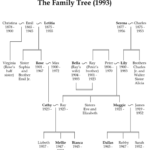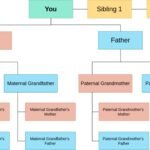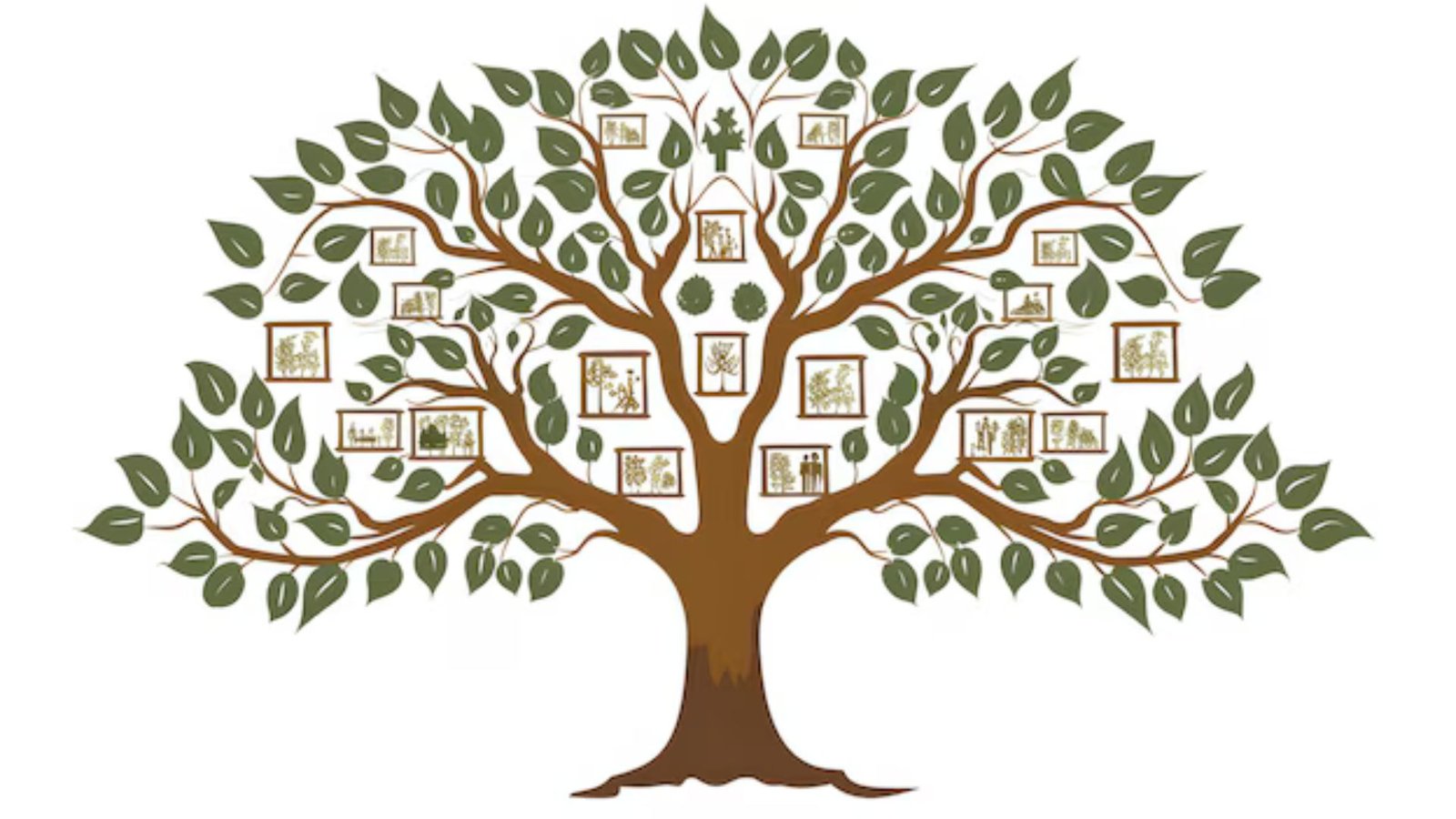Family trees are more than just visual representations of lineage. They serve as powerful tools for connecting with lost relatives, bridging gaps in family histories, and fostering deeper relationships. By organizing ancestral information and leveraging modern resources like DNA testing and genealogy databases, family trees have become instrumental in reuniting families.
1. Tracing Ancestral Roots
A family tree organizes generations of relatives, helping to identify missing links. Through historical records such as birth certificates, marriage licenses, and census data, researchers can trace the origins of family members and discover relatives whose connections were forgotten or lost over time.
2. Reuniting Through Shared Information
Many genealogy platforms allow people to build and share their family trees online. This creates opportunities for collaboration among distant relatives who may not have known of each other’s existence. Sharing family stories, photographs, and documents can lead to emotional reunions and the rediscovery of long-lost connections.
3. Leveraging DNA Testing
Modern DNA testing has significantly advanced the ability to find lost relatives. Genetic tests can identify matches with distant cousins, unknown siblings, or other relatives. When combined with a detailed family tree, DNA results help pinpoint specific branches where connections might exist, offering a clearer path to reconnecting with lost family members.
4. Overcoming Adoption and Migration Barriers
Adoption, immigration, and other life circumstances often lead to lost family ties. Family trees provide a framework for reconnecting by focusing on shared surnames, regional histories, or cultural practices. These clues can help bridge gaps caused by relocation or societal changes.
5. Preserving Shared Heritage
For many families, reconnecting with lost relatives means preserving cultural or familial heritage that might otherwise have been forgotten. A family tree captures these details, ensuring that the legacy of shared traditions, languages, and values can continue.

6. Emotional Healing and Closure
Reconnecting with lost relatives often brings emotional healing. Many families separated by life events, such as wars, natural disasters, or estrangements, find closure by rediscovering their shared roots. A family tree serves as a tangible reminder of belonging and continuity.
Tools for Connecting Lost Relatives
To make the most of your family tree:
- Use Genealogy Websites: Platforms like Ancestry.com and MyHeritage offer tools to build family trees and connect with other researchers.
- Leverage Social Media: Social networks can help locate lost relatives who might share your surname or familial history.
- Join Genealogical Societies: Local or regional genealogical groups provide resources and guidance to trace your lineage.
The Journey of Discovery
Building a family tree and finding lost relatives takes time and effort, but the rewards are profound. Every new discovery adds to the narrative of your family, enriching both personal and collective history. Whether it’s reconnecting with a cousin or uncovering the story of a long-lost ancestor, family trees are an invaluable tool for bringing families together.










